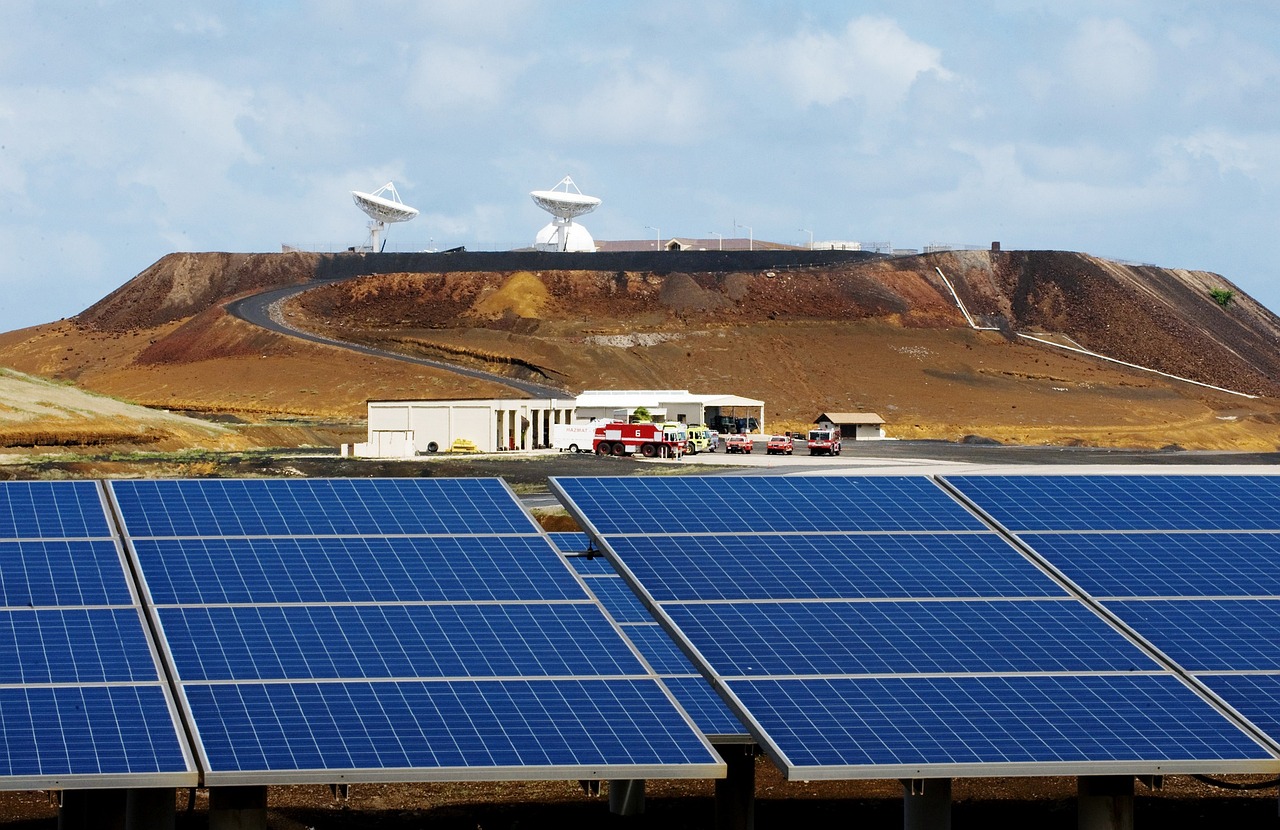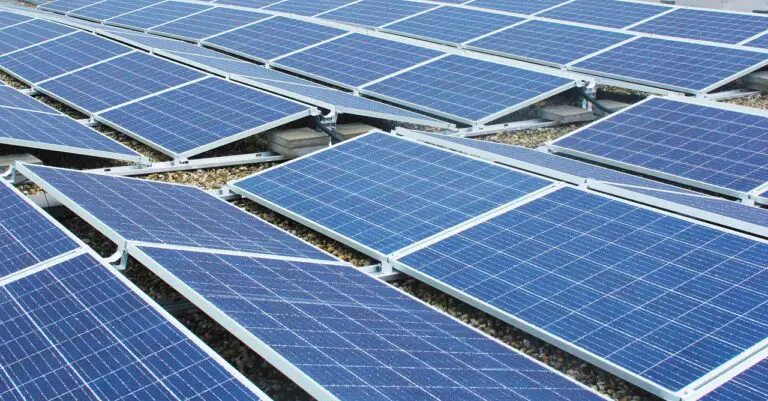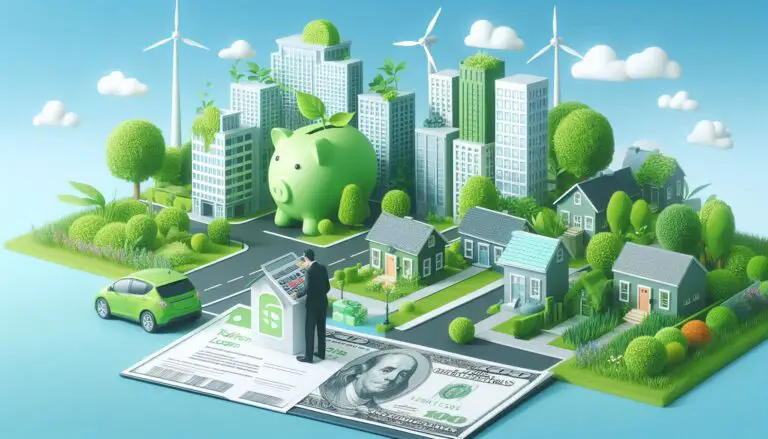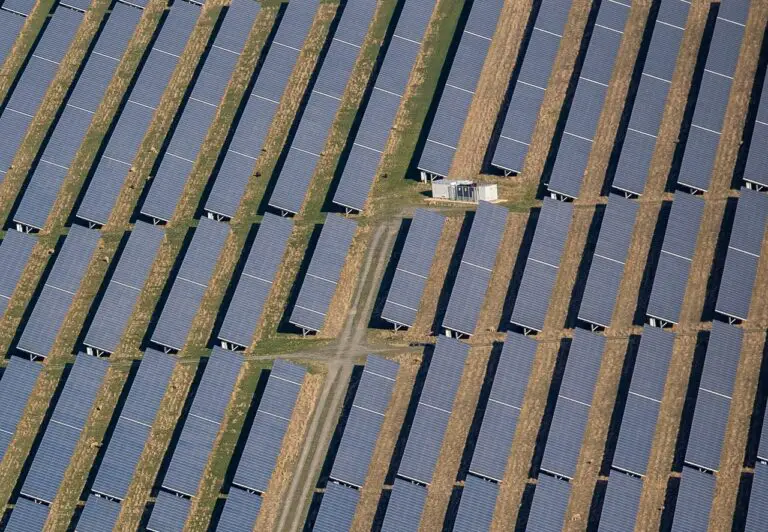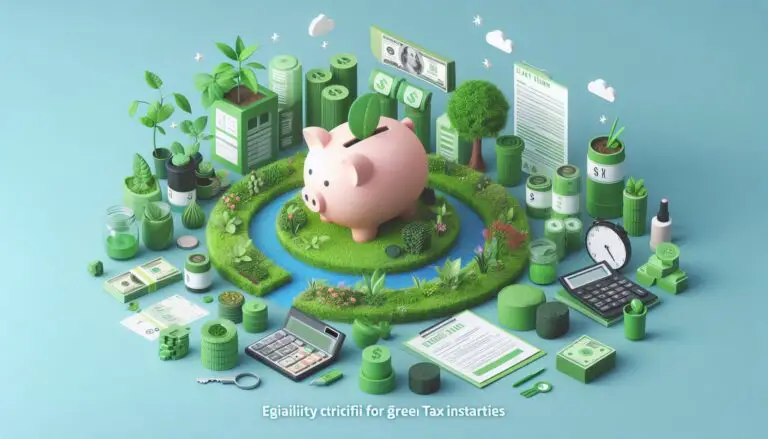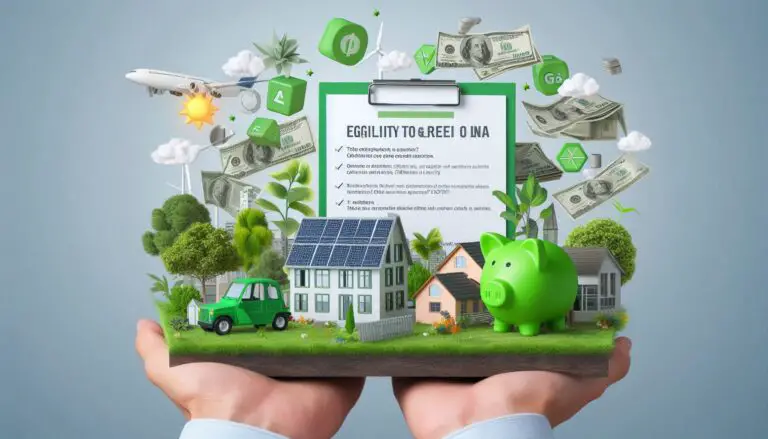How to Combine Green Loan Tax Credits with Solar Rebates
Combining green loan tax credits with solar rebates can significantly reduce the cost of installing solar panels on your home. Understanding how these financial incentives work together will help you maximize your savings and make eco-friendly upgrades more affordable. This guide covers various strategies to leverage both types of financial support effectively.
Understanding Green Loans and Solar Rebates
What Are Green Home Improvement Loans?
Green home improvement loans are specialized financial products designed to fund energy-efficient upgrades. These loans often come with favorable terms to encourage homeowners to invest in sustainable home improvements. Key features of these loans include:
- Low Interest Rates: Green home improvement loans generally offer lower interest rates compared to traditional loans.
- Flexible Repayment Terms: Many green loans provide extended repayment periods, making it easier to manage monthly payments.
- Eligibility for Tax Credits: Some green loans qualify for tax credits, which can further reduce the cost of energy-efficient renovations.
By utilizing these loans, homeowners can invest in various upgrades such as solar panels, insulation, or high-efficiency windows.
What Are Solar Rebates?
Solar rebates are incentives offered by governments, utilities, or other organizations to encourage the installation of solar energy systems. These rebates can significantly lower the upfront cost of solar panels. Important aspects include:
- Cash Rebates: These provide direct cash payments based on the size of your solar system or the amount of energy it generates.
- Performance-Based Incentives: Some programs offer payments based on the actual energy produced by your solar panels.
- Tax Credits: In addition to cash rebates, federal or state tax credits can further reduce the overall cost of solar panel installation.
Combining these rebates with green loans can lead to substantial savings on your solar project.
Combining Green Loan Tax Credits with Solar Rebates
Maximizing Tax Benefits with Green Loans and Solar Rebates
When you combine loans for solar panels with green home improvement loans, you can maximize your tax benefits. Here’s how:
- Claiming Multiple Tax Credits: You can often claim tax credits for both green loans and solar rebates, which can reduce your tax liability.
- Tracking Eligible Expenses: Ensure that your expenses for solar installation and green improvements are documented correctly for claiming tax credits.
For instance, the Federal Investment Tax Credit (ITC) allows you to deduct a percentage of the cost of installing solar panels from your federal taxes. Meanwhile, some green loans offer additional tax incentives.
Using Rebates to Reduce Loan Amounts
Rebates can directly reduce the amount you need to borrow. By applying solar rebates to the cost of installation, you lower the principal amount of your green loan. Here’s the process:
- Calculate the Total Cost: Determine the total cost of your solar panel system.
- Apply for Solar Rebates: Submit your application for available solar rebates to reduce the initial expense.
- Adjust Loan Amount: Apply for a green loan with the reduced amount, which can lead to lower monthly payments and less interest paid over time.
This approach helps in minimizing the financial burden of the loan and maximizes the overall savings from your solar project.
Understanding Eligibility and Application Processes
To effectively combine green loan tax credits with solar rebates, you need to understand the eligibility criteria and application processes for both. Follow these steps:
- Check Eligibility: Ensure that your solar installation meets the requirements for rebates and that your green loan qualifies for tax credits.
- Complete Applications: Fill out all necessary forms accurately to avoid delays. Keep records of your applications and approvals.
- Consult Financial Advisors: Speak with financial advisors or tax professionals to ensure you’re making the most of both incentives.
It’s crucial to stay informed about the requirements and deadlines to maximize your benefits.
Practical Tips for Combining Incentives
Stay Informed About Program Updates
Incentive programs for green loans and solar rebates can change frequently. Stay updated by:
- Subscribing to Newsletters: Sign up for newsletters from relevant organizations or government agencies.
- Checking Official Websites: Regularly visit official websites for the latest information and changes in programs.
By staying informed, you can adapt your plans and make the most of available incentives.
Plan Your Budget Carefully
Budgeting for your solar project is essential. Consider the following:
- Initial Costs: Factor in the costs of solar panel installation and any necessary home improvements.
- Rebate Amounts: Subtract the expected rebates from your total costs to determine your loan needs.
- Loan Terms: Choose a green loan with favorable terms to ensure manageable repayments.
Effective budgeting will help you plan your finances and ensure that you can comfortably afford the loan and the project.
Seek Professional Advice
Consulting with professionals can provide valuable insights:
- Tax Advisors: They can help you navigate the complexities of tax credits and ensure that you’re claiming all eligible benefits.
- Solar Installers: They can guide you through the rebate application process and provide accurate cost estimates.
- Loan Officers: They can assist in selecting the best green loan options for your needs.
Expert advice can simplify the process and help you make informed decisions.
Examples of Successful Combinations
Case Study: Homeowner A
Homeowner A combined a green loan with solar rebates to install solar panels. They used the following approach:
- Applied for Solar Rebates: They received a rebate that covered 30% of the installation cost.
- Secured a Green Loan: They took out a green loan for the remaining cost, benefiting from a lower interest rate and extended repayment period.
- Claimed Tax Credits: They claimed both the ITC and tax credits related to their green loan.
This strategy allowed them to significantly reduce their overall expenses and enjoy long-term savings on their energy bills.
Case Study: Homeowner B
Homeowner B used a similar approach for home improvements:
- Utilized Multiple Rebates: They applied for rebates for various energy-efficient upgrades.
- Combined with a Green Loan: They secured a green loan to cover the costs not covered by rebates.
- Benefited from Tax Incentives: They maximized their tax benefits by claiming credits for both the loan and the rebates.
This combination enabled them to complete several home improvements affordably and efficiently.
Conclusion
Combining green loan tax credits with solar rebates is a strategic way to reduce the cost of installing solar panels and making other energy-efficient upgrades. By understanding how these incentives work together, you can maximize your savings and make sustainable improvements more affordable.
To get started, carefully research available rebates and loans, consult with professionals and stay informed about program changes. With careful planning and strategic use of incentives, you can achieve substantial financial benefits while contributing to a greener future.

